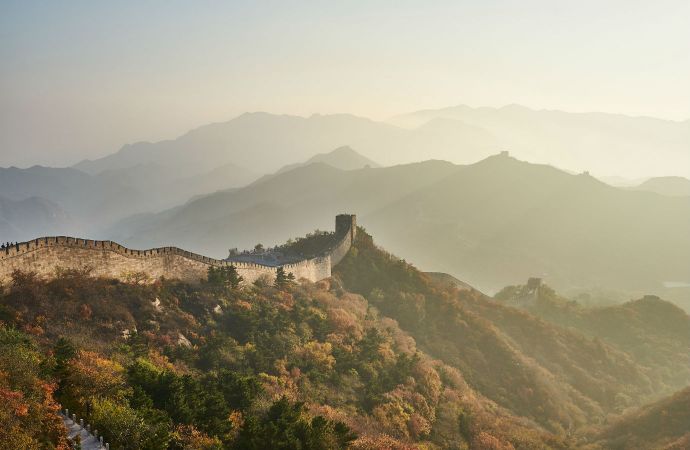In China, components that make HFC refrigerants like fluorite and hydrofluoric acid increased sharply by 78.20% and 94.73% respectively in 2017, pushing up refrigerant prices in the Asian country.

In 2017, the price of a fluorite and hydrofluoric acid, vital ingredients in the production of HFCs, increased by 78.20% and 94.73%, respectively, in 2017.
“The supply of refrigerant raw materials, such as hydrofluoric acid and fluorite”, has had an additional effect on the price of HFC refrigerants according to Chinese online financial website Sina.
The price of refrigerant like the HFC R134a and HCFC R22 have increased by over 50% just since September 2017 the website notes.
R32, also, rose from 14,000 yuan (100.32 euro) / ton in September to 24,666 (182 euro) yuan / ton at the close of 2017. An increase of up to 76%.
Similary, Europe has also experienced significant price increases on refrigerants since the implementation of the EU's F-gas Regulation. Prices are expected to increase further under the EU's Regulation as from 1 January, this year, the overall allocated quota of HFCs is set to fall from 93% of the original baseline to just 63%.
The Chinese website has cited numerous reasons for this price increase including “the [Chinese] government's stepping up of environmental protection supervision and the increase in transportation costs”.
Developing countries, like China, must cut 35% of their use of the HCFC R22 by 2020 and phase it out for most uses by 2030 under the Montreal Protocol. New requirements under the Kigali Agreement mean HFCs will eventually be phased down under the Montreal Protocol too.
China currently uses the HCFC R22 in its split air-conditioning system and is exporting split ACs using HFCs to developed countries in Europe and North America.
Sina reports this is set to change as China invests in transforming the split AC sector to the natural refrigerant R290 or propane.
“At present, China has transformed more than 20 compressor air conditioner production lines” to R290, it explains.
Related stories



